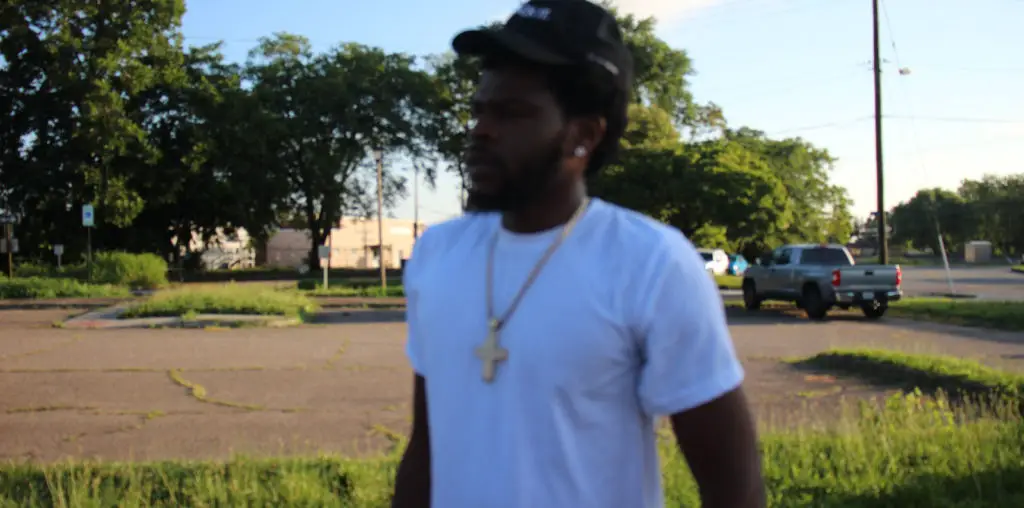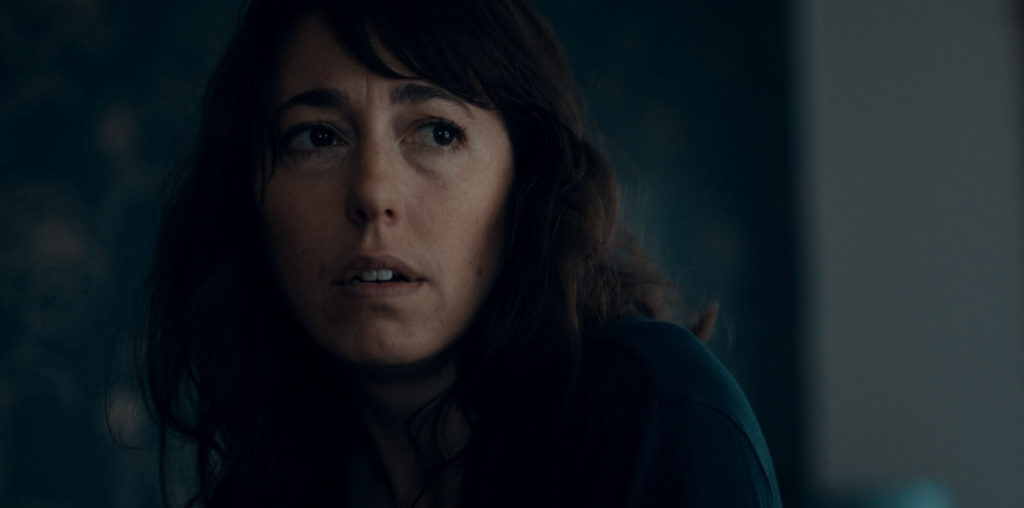
David Lynch makes provocatively weird films. The characters that populate a Lynch film generally consist of a collection of bizarre contrasts rich with stories. However, adherence to traditional narrative structure is really not much of a priority for Lynch. So to judge a Lynch film on the normal set of criteria is almost irrelevant. It might require two contradicting conclusions — is “Mulholland Drive” a good film or is it a good David Lynch film?
“Mulholland Drive” the movie began life as a television pilot for ABC. There’s no reason to believe that Lynch could not create something as compelling as “Twin Peaks” again and strike gold with a new strange universe of characters to explore. “Twin Peaks” continues to enjoy a cult status with fans of the series still active. In fact, I believe “Peaks” to be a much stronger creative outing for Lynch than recent films like “Lost Highway.” When Lynch was restrained by television censors, he always found a way to explore dark, suggestive material and sneak in a few creepy things below the radar, while still remaining within the bounds of what is considered acceptable television. But when executives got a look at the “Mulholland Drive” pilot episode that Lynch delivered, the project was quickly canned. He felt so burned by his recent experience; I’m told that Lynch has vowed to never work in television again. Which is kind of odd coming from the guy who made the Oscar-nominated film “The Straight Story” – ironically, a G-rated Disney movie. (Strange because it’s the same company that owns ABC.)
The world created by “Mulholland Drive” is definitely a set up for an ongoing television series that would see conflicts resolved in due time, which is perhaps the film’s greatest weakness going in. It’s the first part showing us the set up, but resolving nothing.
Rita (Laura Elena Harring) is a stunning raven-haired woman of wealth being driven in her limo which suddenly stops on Mulholland Drive. “This isn’t our usual stop,” she says just as her driver aims a gun at her when suddenly a carload of teenagers whiz around the corner and plow into the vehicle. The accident saves her life from the would-be assassin, but she is struck wiht amnesia. Rita wanders down Mulholland and walks unnoticed into an apartment just as an old woman leaves on a trip out of town. The woman’s niece Betty (Naomi Watts), a perky aspiring actress right off the plane in Hollywood, arrives at the apartment and discovers Rita naked in the shower. Betty just assumes that her aunt has a roommate and Rita and her become fast friends. Rita admits that she doesn’t know who she is. She was in an accident and has amnesia and the “Rita” name is something she just saw on a movie poster. Things get even more complicated when the two go looking in Rita’s purse to find out who she really is and they discover a stash of money. Lots of money.
We’re then introduced to a film director named Adam Kesher (Justin Theroux) who sits in on a very important meeting featuring a roundtable of financiers for his latest project. They want a particular actress cast or the film won’t get made. He walks out and this results in the worst day of his life when he decides to bash the car windows of the financiers. Adam then comes home to his wife banging the pool guy who promptly kicks his a*s.
I guess the best part “Mulholland Drive” is the serious lesbian action that develops between Betty and Rita. These two carpet munchers get right down to it, baring their breasts and passionately getting squishy together. I’m guessing these fully nude lesbo scenes would have never aired on ABC after Drew Carey or Millionaire.
As rich as the characters populating Lynch’s twisted Hollywood, are the Lynchisms. You know, Lynchisms. Those little bizarre moments of movie goodness that only happen in David Lynch movies. Like the part with the fat man who makes a fuss over an espresso and then proceeds to spit it up into a napkin. Or the scene in which Adam Kesher pours orange paint into his wife’s jewelry box to get revenge for her indiscretions. He then leaves the house, his black clothes spotted orange. Or the assassin who can’t seem to finish the job and ends up having to kill every witness who suddenly stumbles onto the scene. Or the gleeful old married couple who are seen euphoric in the beginning of the film and then reappear ant-sized at the end of the film screeching like they’re on crack. Or the demon that pops up from time to time to keep the mood an unsettled one. These little Lynchisms populate nearly every scene and generally prove more interesting than the story itself.
All of these characters and conflicts are introduced one after the other as if we’re actually going somewhere with this “story,” but in typical Lynch fashion, nothing is resolved or tied up. Well, not in a normal way anyway. Some ballsy network (HBO please come to the rescue!) should take a risk and pick this up. Lynch got off to a great start and the rest of the story remains untold. Rather than leave this as a stand alone film, I’d love to see the tale unfold in typical Lynch fashion – just keep giving us enough to keep watching but don’t tie everything up nice and neat.
So, is “Mulholland Drive” a good film based on the traditional criteria used by most critics — story, characters, performances, cinematography, entertainment value, etc…? Well, not really. More importantly, is it a good David Lynch film? It is average, containing some great new “Lynchian” moments, but it ranks somewhere just above “Twin Peaks: Fire Walk with Me” when looking at his filmography as a whole. There’s a lot to enjoy, and plenty of potential, but none of it pays off. So we’re left with what amounts to some very clever experimental cinema in the Lynch vein. Which, if you think about it, isn’t all that bad.
Read about the “Mulholland Drive” premiere at the Cannes Film Festival>>>

